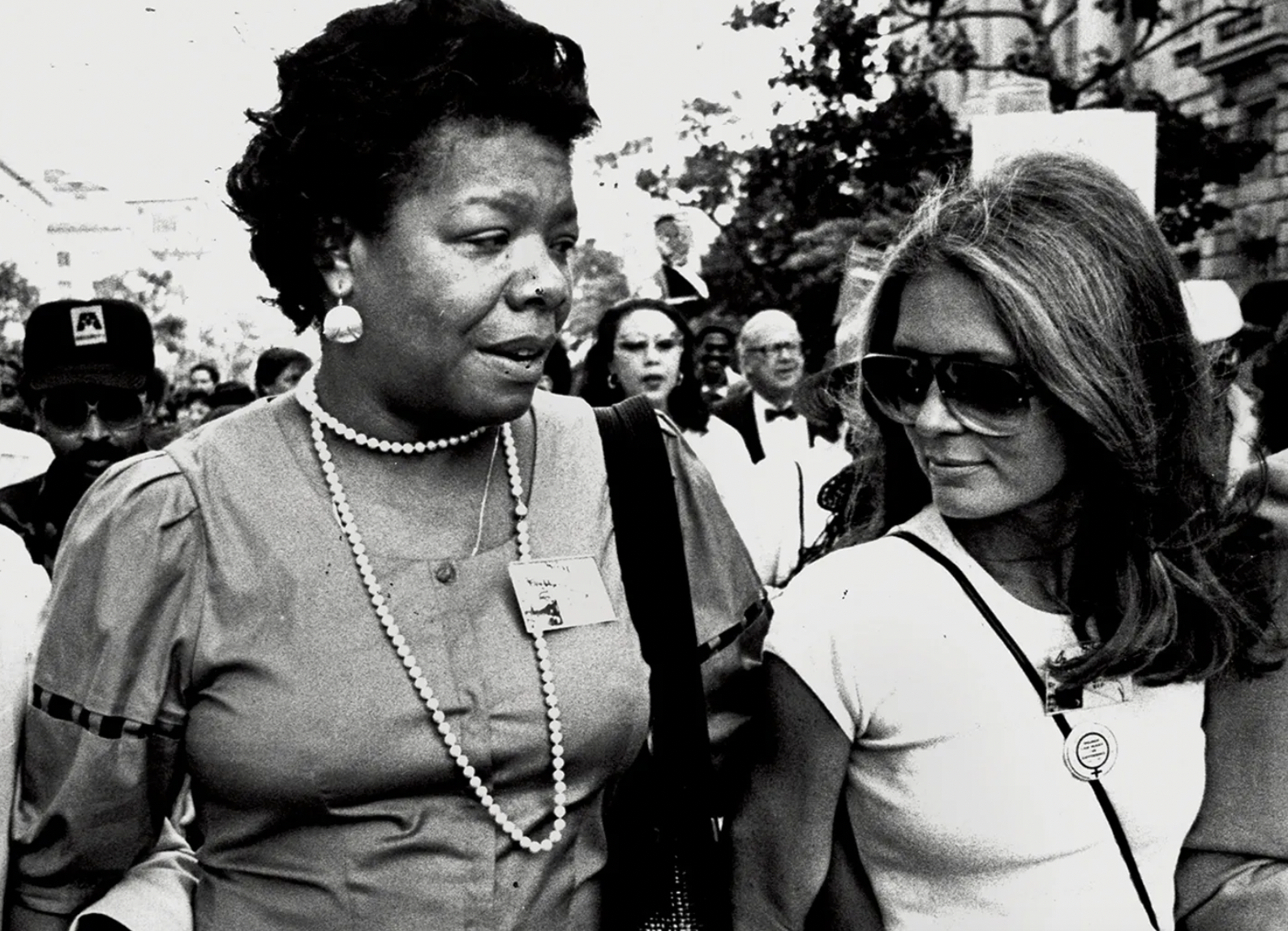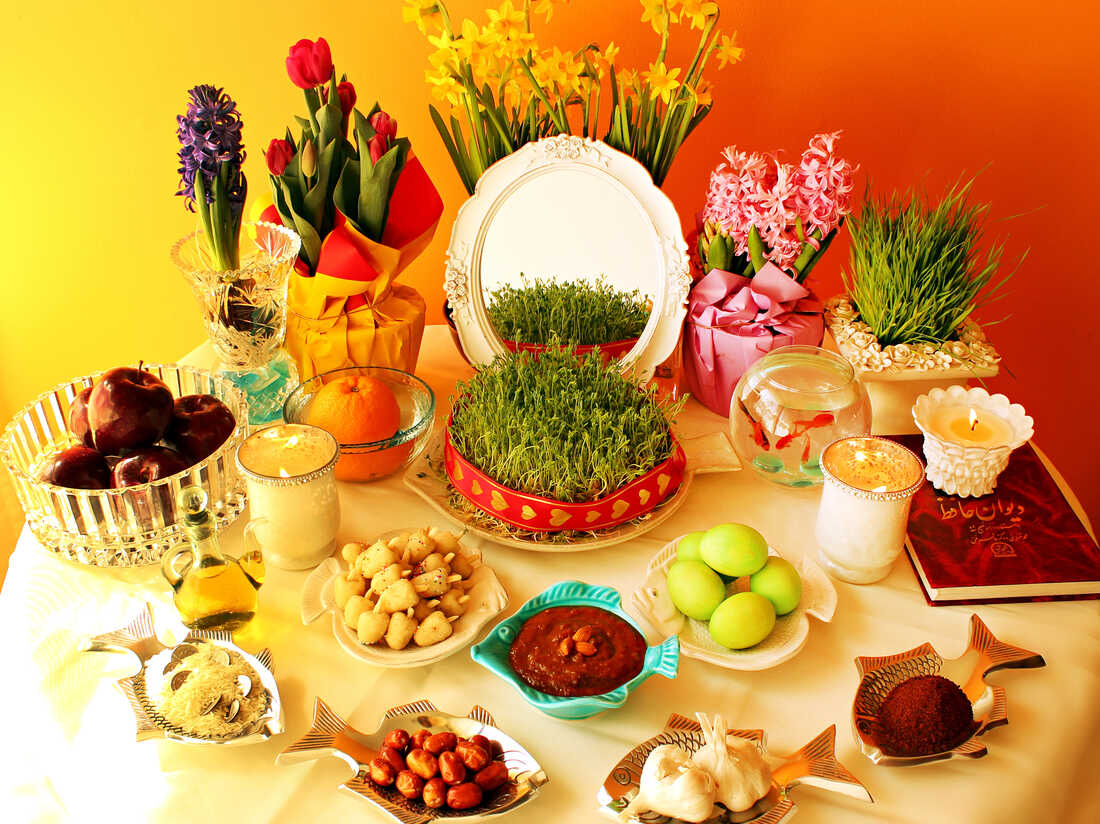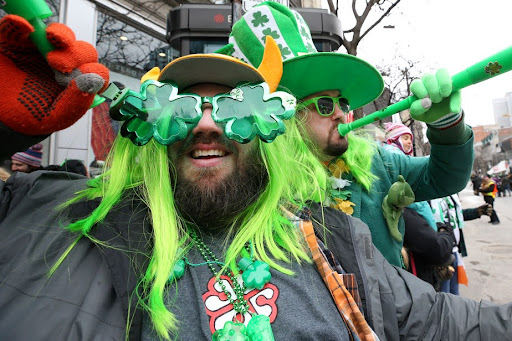By Iris Mbok, Year 12
The 2010s were marked by an era of fashion in which experimentation and flamboyancy were celebrated. From hipster fashion to the revival of old trends popular in the 80s, the past decade saw an increasing amount of diversity and socially conscious approaches to fashion. Especially with “thrifting” becoming a mainstream, cross-social class activity, fashion forecasters would have been surprised to witness the surprising, yet telling direction the fashion industry is heading towards today. Just last month, the UK based fashion fashion brand “Pretty Little Thing”, underwent a massive rebrand. Famous for its affordable fast fashion, the brand, most known as “PLT” ditched its signature ultra-glam, bodycon-heavy aesthetic in favor of a more “refined”, minimalist vibe. With its primary target audience being Generation Z, many were confused about the modest, longer garments sold in their newest collection, rather than the usual maximalist, tight-fitting dresses. However, the cultural and political climate of this era perfectly explains this return to minimalism in fashion. Women’s fashion is often said to mirror closely the spirit of the times, let’s look back at a few times in history where this applies:
Many recall the 1920s as a period of time when women’s fashion emerged from the Golden Age of Glamour. In line with the brash and defiant fashions of the time, flappers embraced a carefree lifestyle, short skirts and bobbed hair. The elegance of movie stars’ clothes provided an escape from reality, and Hollywood was a major influence on fashion trends. However, the 1930s’ economic hardships compelled many women to take on more conventional roles; society witnessed a resurgence of feminine silhouettes and longer hemlines. For a long time, fashion has reflected society, changing in proportion to significant historical occurrences. The suffragettes movement of the previous decade, where women marched on the streets wearing trousers despite being mocked for their manliness, contrasted sharply with the more elegant and sophisticated fashion of the 1930s, brought along by the political hardships of the great depression.
The 1960s were a vibrant decade of radical change. Amidst the emergence of the Civil Right movement and women’s liberation movement, people began to experiment with an edgier, bold style. Miniskirts came to represent an age that desired to express its individuality and want for freedom. In contrast to earlier decades when skirt lengths were far more conservative, these short skirts broke all conventions. Besides a piece of clothing, the miniskirt was a statement advocating for women’s independence and bodily freedom. A riot of colour and pattern also characterised the 1960s. Pop art and psychedelic movements served as inspiration for the designers of the era, who used them to create geometric designs and vivid colours never previously seen in clothing. Designers like André Courrèges and Pierre Cardin experimented with new materials like vinyl, plastic, and metals as well as future geometries, giving their designs a distinctly avant-garde feel.
Additionally, in the 1970s, a second wave of feminism (first being the suffragettes) swept the world. This movement, spanning from the 1960s to 1970s, focused on gender rights as well as dismantling and acknowledging racial hierarchies amongst women. Activists such as Gloria Steinem, who came to be a global feminist phenomenon known for the article she published (“After Black Power, Women’s Liberation”), were key leaders in empowering women to rethink how they dressed in the workplace.
Today, we are witnessing a resurgence of 1950s housewives in the form of TradWives (to read more about TradWives: https://www.lgbexpress.com/?p=9333). The rise of conservatism in the US, as well as in many European nations is simultaneously causing a shift in the way women are dressing. Above, shows a repeated historical pattern which confirms our society’s ability to mirror the political climates of an era. Is the “Pretty Little Thing” rebrand more telling than we think?



